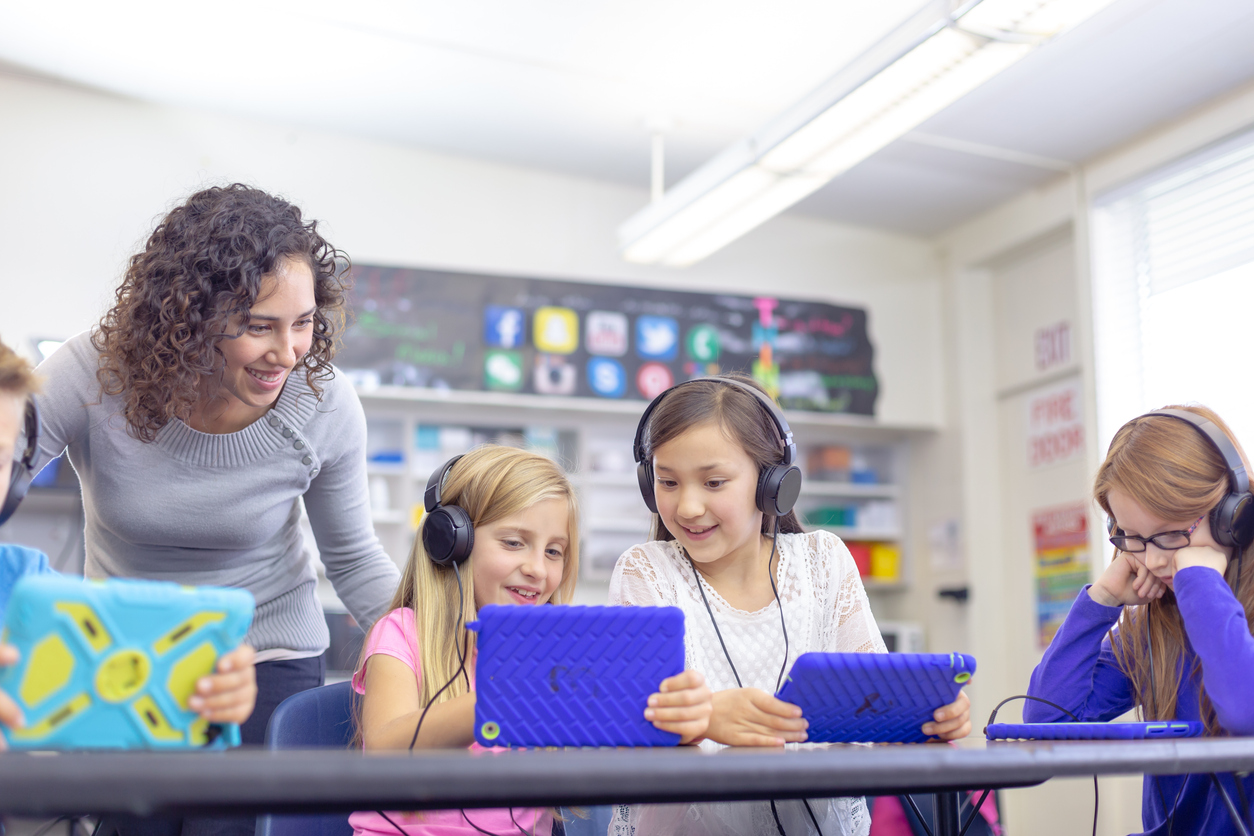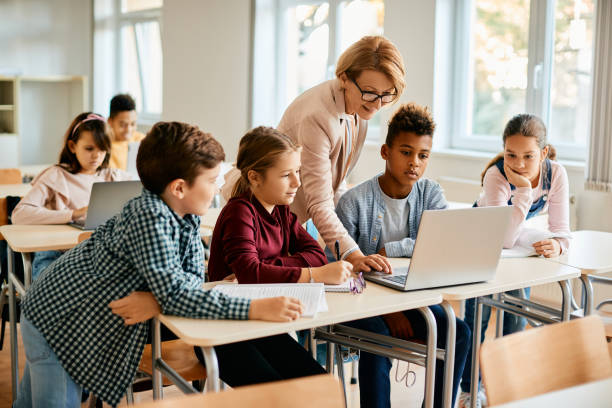Top Primary Science Tuition Singapore to Help Your Child Excel
Wiki Article
Exploring the Different Training Methods in Key Scientific Research Education And Learning Today
Inquiry-based discovering, hands-on experiments, and the integration of modern technology are redefining exactly how educators involve young minds. Additionally, collective approaches and differentiated direction are being used to cater to the varied requirements of pupils, improving both interaction and understanding.Inquiry-Based Discovering
Inquiry-Based Learning (IBL) is an instructional strategy that motivates trainees to check out clinical principles with wondering about, examination, and hands-on trial and error. This technique highlights the duty of students as energetic participants in their learning, promoting essential reasoning and analytic abilities. By involving with real-world questions, trainees come to be motivated and curious, which improves their understanding of clinical concepts.In IBL, educators work as facilitators, guiding trainees as they navigate their queries instead than providing details straight. This student-centered strategy allows for distinction, suiting various learning styles and paces. Trainees establish skills in creating theories, creating experiments, and assessing data, which are essential for scientific literacy.
In addition, IBL promotes cooperation amongst trainees, encouraging them to share concepts and searchings for. This cumulative query advertises social skills and a sense of community within the class. Furthermore, the process of inquiry urges strength, as trainees discover to accept failure as a tipping stone toward understanding.
Hands-On Experiments
Hands-on experiments are a vital element of reliable scientific research education, enhancing the concepts of inquiry-based discovering. These experiments enable students to involve directly with scientific concepts, cultivating a much deeper understanding through experiential knowing. By manipulating products and observing results, young students can realize abstract concepts in tangible means.Such activities promote critical reasoning and problem-solving abilities, as trainees hypothesize end results, conduct experiments, and analyze outcomes. This procedure motivates them to ask questions, fine-tune their understanding, and create a scientific frame of mind. Hands-on experiments can be tailored to diverse discovering styles, ensuring that all trainees have the chance to involve meaningfully with the material.
Furthermore, hands-on experiments commonly urge collaboration amongst peers, promoting team effort and interaction abilities. Operating in groups allows trainees to share concepts, go over searchings for, and find out from each other, which enhances their overall instructional experience.
Incorporating hands-on experiments into the primary science educational program not only enriches the discovering environment yet also cultivates a lifelong interest in science. By proactively taking part in their education and learning, pupils are extra most likely to create an interest for clinical query that prolongs past the class.

Innovation Assimilation
Incorporating modern technology into key scientific research education has ended up being significantly essential in fostering student involvement and enhancing learning outcomes. The usage of electronic tools, such as interactive simulations, virtual labs, and educational software, supplies trainees with chances to check out scientific principles in ingenious methods. These resources assist in a deeper understanding of complex subjects by enabling learners to visualize and manipulate variables that would be impractical in a typical classroom setting.In addition, technology assimilation encourages customized finding out experiences. Pupils can proceed at their own pace, taking another look at difficult ideas via multimedia resources, which deal with different knowing designs. This versatility not only supports individual development yet also cultivates a feeling of autonomy in students.
Additionally, technology works as a bridge to real-world science, linking pupils with present research and specialist contributions. Access to on the internet databases and scientific journals widens trainees' point of views on scientific query and fosters important thinking abilities.
Collaborative Understanding
Collaborative learning plays an essential function in key scientific research education and learning by fostering synergy and interaction abilities amongst students. This strategy urges students to interact, share expertise, and participate in analytic, which boosts their understanding of clinical concepts. By joining group activities, trainees discover to articulate their ideas, listen to varied perspectives, and work out solutions, all of which are essential abilities in both real-world and academic contexts.
Research study shows that collective knowing can cause boosted inspiration and interaction in science topics, as trainees locate enjoyment in shared visit this site right here experiences (primary science tuition Singapore). Additionally, this method prepares trainees for future collective undertakings, furnishing them with the abilities needed for effective synergy in higher education and learning and expert settings. Ultimately, welcoming collaborative knowing in key scientific research education and learning can significantly enrich the knowing experience and advertise a much deeper understanding of clinical questions
Differentiated Direction

Separated instruction can materialize in various methods, such as varying the web content, processes, or items of learning. Educators might use tiered tasks that offer differing levels of intricacy, enabling students to work at their respective preparedness levels. Furthermore, adaptable grouping techniques can help with cooperation amongst pupils with various abilities, fostering peer learning.
Analysis plays an essential duty in this strategy, as it informs direction and aids educators comprehend each trainee's one-of-a-kind requirements. Developmental analyses, such as tests and observations, can assist instructors in adjusting their techniques to improve discovering results. primary science tuition Singapore. Inevitably, by implementing separated instruction in key scientific research education and learning, instructors can grow a much more reliable and equitable discovering setting, equipping all students to reach their full potential in understanding clinical sensations
Conclusion
In summary, the diverse training techniques in key scientific research education and learning, consisting of inquiry-based learning, hands-on experiments, modern technology assimilation, collaborative knowing, and differentiated instruction, jointly add to an extra efficient understanding environment. These approaches promote vital thinking, analytic skills, and a deeper understanding of scientific concepts. By executing these approaches, teachers can produce helpful and appealing class that address the different demands of trainees, inevitably promoting a lifelong rate of interest go to the website in science and enhancing academic achievement.Inquiry-Based Discovering (IBL) is a pedagogical technique that encourages trainees to discover scientific principles through doubting, investigation, and hands-on trial and error.Collaborative learning plays a crucial function in main science education by cultivating teamwork and communication skills among students.Study indicates that collective discovering can lead to boosted motivation and engagement in scientific research topics, as pupils locate pleasure in common experiences.In fostering a comprehensive understanding setting, distinguished direction arises as a key strategy to fit the diverse requirements and capabilities of trainees in main science education and learning. Ultimately, by applying separated direction in primary scientific research education and browse around this web-site learning, educators can grow an extra effective and fair learning atmosphere, equipping all students to reach their complete potential in comprehending clinical sensations.
Report this wiki page